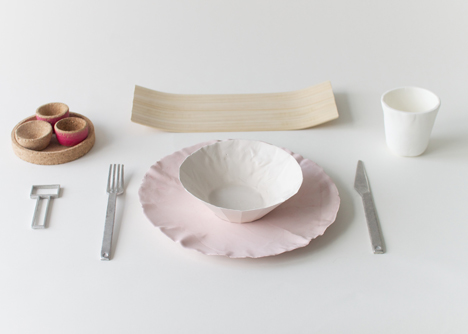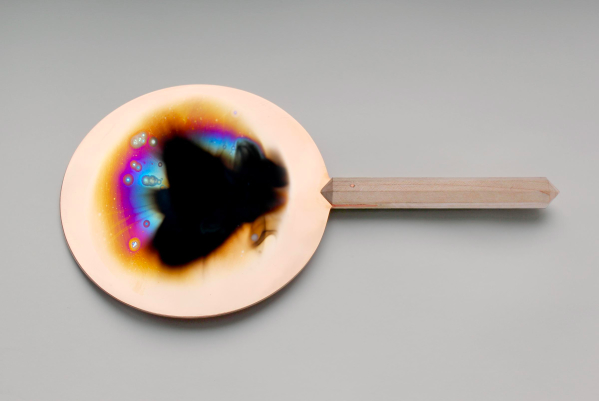Yew is an exfoliating soap bar that uses a variety of high micron (itchy) wool felt from native sheep breeds, to give users a choice of measured and individualised exfoliation that is just right for them. This has been designed in response to a growing demand for the cheap and readily available synthetic fibres that compete directly with wool, resulting in its drastic decline in value. Finding a genuinely viable application and use for native sheep wools that plastics can’t compete with is essential to rejuvenating the value of native sheep and was central to this project.
https://www.newdesigners.com/awards/dove-sustainable-beauty-innovation-award/?utm_content=&utm_term=








































